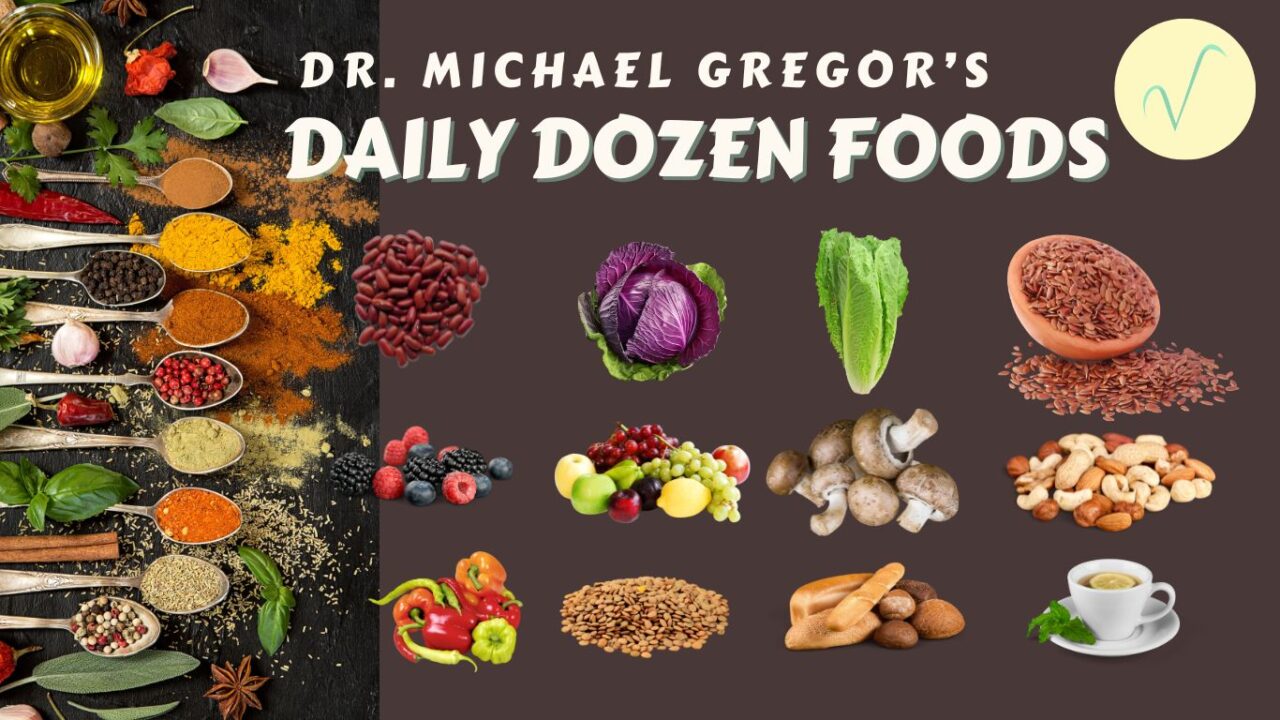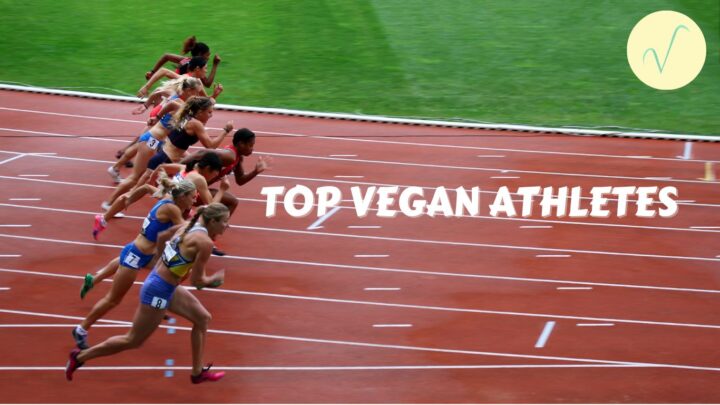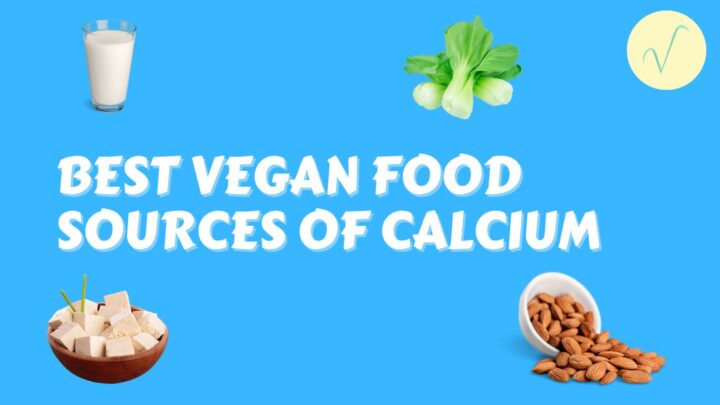One of my favourite books that I’ve read on nutrition, “How not to die” was a real eye opener when it comes to daily nutrition.
Not only did it cement my belief that a plant-based diet was ideal for health, it also gave me some key takeaways, one of which being Dr. Greger’s daily dozen.
Firstly, I’d like to pay my respects to MD Michael Greger, who not only gave me transparent, practical information on the benefits of each suggested food, but also has provided all this information in an easily digestible book form.
He made nutrition seem so simple as a bit of this and that, giving valuable insight and quick tips, even for those on a budget. Tips like eating frozen or canned versions of fruit or greens to tick ‘em off the list, as well as green, orange and red light foods, which we’ll cover in another post.
Dr Greger thankfully provided the world with a daily dozen foods list that makes life a lot easier. Let’s go through the following food groups now.
Beans
Which can be anything from black beans to butter beans, chickpeas, edamame, green peas, lentils, tempeh and tofu. These are a common part of a well-planned vegan diet as the “meat” of the meal.
According to the book, he recommends 3 servings of beans a day.
Recommended daily serving sizes:
60g hummus or bean dip
130g cooked beans, lentils or peas
150g fresh peas or sprouted lentils
Why beans?
Beans are a great way to get your extra nutrients, specifically being good for the heart. Lentils specifically being the most nutrient-dense legumes, have a go at a brown lentil lasagne!

Berries
Berries include any fruit with the word berry, like Acai berries, blackberries, blueberries, cranberries, cherries, goji berries, mulberries, raspberries and strawberries.
To get ideal benefits, Dr Greger recommends 1 serving per day of the following:
60g fresh or frozen berries
40g dried berries
Why berries?
The main pro of getting more berries in your diet is the antioxidant content, gram for gram, available in berries.
Berries, when eaten in accordance with sugar, didn’t result in a spike in blood sugar, suggesting that it may be beneficial to consume to help balance blood sugar.

Other fruits
Other fruits include apples, apricots, avocados, bananas, citrus fruits, dates, figs, grapes, kiwis, lychee, mango, orange, pear, pineapple, plums, pomegranate, watermelon.
Recommended daily serving, 3x per day:
1 medium sized fruit
120g cut up fruit
40g dried fruit
Why fruit?
One example of the many fruits highlighted in this chapter, was the humble kiwifruit.
This was highlighted for its effectiveness to help build immunity, those with insomnia and those with IBS control their symptoms. I personally love fruit so this is no chore for me.

Cruciferous vegetables
Cruciferous veggies are anything from broccoli and bok choy to brussel sprouts, cabbage, cauliflower, kale and watercress.
According to the book “How not to die” it’s recommended to have 1 serving a day of the following serving sizes:
30-80g chopped
12g brussels/broccoli sprouts
1 tbsp horseradish
Why cruciferous veggies?
Cruciferous veggies were highlighted in their regard due to their potential to protect against DNA damage, as well as being beneficial for the blood.
Cruciferous veggies can be one I accidentally skip in a day, thanks to this book, we got the guidelines there in plain sight to help!

Greens
Greens can be anything from collard greens, kale, salad mix, spinach & swiss chard.
Dr. Greger recommends 2 servings a day of the following portion sizes:
60g raw
90g cooked
Why greens?
It’s important to make sure you get your daily dose of roughage, for anything from the prevention of long-term disease, to the overall reduction of risk for heart attacks and strokes.
Make sure you eat your greens, they’re real important.

Other vegetables
Other recommended veggies include artichokes, asparagus, beetroot, bell pepper, carrots, courgettes, as well as garlic, mushrooms, okra, onion, pumpkin, seaweeds, squash, sweet potatoes and yams.
Dr Greger recommends 2 servings of the following portion sizes:
50g raw or uncooked non leafy veg
125ml vegetable juice
7g dried mushrooms
Why include these other veggies?
In the book Dr Greger goes into more detail on the intrinsic benefits of incorporating more veggies, and the benefits of each, with a particularly interesting part on mushrooms.
About Ergothioneine amino acid, which is beneficial for DNA protection, most available through oyster mushrooms.
There were other practical tips such as how to eat more veggies, as well as more theory on organic vs conventional sourcing. Bottom line: Eat your veggies kids, and adults!

Flaxseeds
Dr Greger’s recommended favourite, suggests 1 serving of golden or brown flaxseeds, ground up.

Why flaxseeds?
Dr Greger goes into a high amount of detail of the benefits of flaxseeds in the book, providing defence against ailments such as breast cancer, high blood pressure and prostate cancer.
They’re not bad. They add a great crunch on top of salad or pasta, and taste kind of nutty. Speaking of…
Nuts and seeds
Nuts and seeds including almonds, brazil nuts, cashews, chia seeds, hazelnuts, hemp seeds, macadamias, pecans, pistachios, pumpkin seeds, sesame, sunflower seeds & walnuts.
It’s recommended 1 portion per day of the following serving sizes:
30g nuts or seeds
2 tbsp nut butter
Why nuts and seeds?
From antioxidant levels, omega fats and lowered cardiovascular risk. Not to mention they’re packed with nutrition and calories, despite participants not gaining weight with increased nut consumption. There was more on walnuts being the healthiest nut and pistachios for sexual function, too.
See more in the nuts and seeds chapter of “How not to die”.

Herbs and spices
Herbs and spices from allspice, basil, bay leaves, cardamon, chilli powder, cinnamon, coriander, fenugreek, garlic, ginger, nutmeg, to oregano, parsley, paprika, pepper, rosemary, thyme, turmeric and more.
Recommended daily:
1/4 teaspoon turmeric
I personally have a lot more than that on a day to day, I don’t know about you but…
Why turmeric?
From lowering inflammation as well as a myriad of benefits such as cancer prevention when consumed in the long-term. Turmeric is genuinely a jack-of-all trades when it comes to a humble spice.

Whole grains
Whole grains could be anything from barley, brown rice, millet and oats to popcorn, quinoa, rye, spelt, teff, wholegrain pasta/rice and wild rice.
Ideal serving sizes an a daily basis is 3 servings of the following portions:
100g hot cereal/cooked pasta/grains
50g cold cereal
1 tortilla/bread slice
1/2 bagel/english muffin
30g popped corn
Why wholegrains?
From anything from anti inflammatory properties, lower blood sugar to better energy levels. Read the book for more on the health benefits of wholegrains.

Beverages
This mainly including teas such as black tea, chamomile tea, (and) coffee, earl grey, hibiscus, jasmine, lemon balm, moringa, nettle, oolong, peppermint, raspberry leaf and white tea. Oh, and also water.
Serving size being a glass, 5 times a day.

Why drink more?
Drinking more herbal teas gives you the opportunity to incorporate more vitamins and minerals without having to eat a whole lot more. Herbal teas such as nettle leaf or moringa for example, are rich in iron and may assist those who are anemic.
The chapter goes into detail on the benefits of drinking more water, going through in detail how it helps boost brain power with the rise in its consumption.
Bonus: Recommended supplements
I won’t go into too much detail here as there was quite a lot covered above. Below are the recommended extra supplements to take, on top of the daily dozen foods.
B12
Vitamin D
Iodine
Omega 3
These are recommended to help keep you regular and achieve your best self, or true form, if you will. The best part being that this is all achievable on a plant-based, whole foods diet. Do what you’d like with this information.
It’s only right to pay homage to their official non-profit site nutritionfacts.org with more practical in-depth information from Dr Greger himself. If you liked this post you’d love the book “how not to die”, and the author Michael Greger’s perspective on healthy eating.
Easily one of my favourite books. Feel free to drop a comment, bookmark this for the future, and share with a friend.




